|
First off, I’d like to say a big thank you to everyone who filled out the survey. I asked for ten measurements, which I know was a bit detailed and took a few minutes of your time. Thanks to your help, I can expand my size range. The results of the survey were surprising to me in several ways. I am even more glad now that I put out this survey, because it proved that some of the assumptions I had made were completely wrong. I thought I’d share with you some of the findings. I have no formal scientific training, so data analysis is not my specialty. Here are a few of the assumptions I had going into the survey:
Basic DataI had 30 respondents. I am assuming that all data provided to me is accurate. For the purposes of making graphs, all the metric responses have been converted to inches. Underbust ranged from 23.5-42” Full bust ranged from 28.5-58.5” Assumption: I needed to expand my size range by making both larger cup and larger band sizesData analysis: There were a surprising number of very small band sizes, with 16 responses (roughly half of the responses) from 23.5 to 32”. Most of the bra patterns I see contain band sizes 30-40”. I personally wear a 32 band and have a very hard time finding it in department stores, so I wrongly assumed that a 32 band is very small and I didn’t need to make even smaller sizes for my patterns. The overall range of responses was from 23.5-42”, and the three bralette patterns I have published so far go to either 40 or 42” band sizes. I do understand that there is a need for band sizes larger than 42”, so I was surprised that I did not receive responses above this band size. I used the data given to make an estimate of the bra size. Quite a few responses were small band/large cup. Assumption: the sternum width is relative to cup size within a static band measurementData analysis: It was generally proved to be true that smaller cup sizes have a wider sternum width and larger cups sizes have a narrower sternum width. But the data proved that even bodies with the same measurements have different shapes. Below are three graphs for band sizes 32, 36, and 38. These sizes had the biggest cluster of responses. As you can see, generally the smaller the cup size the larger the sternum width is; however, for 32E I had three responses which ranged from ¾” up to 1 ¾”. That’s a big difference! So maybe it would be better to assume that sternum width is variable for any given size. Interestingly, there are two schools of thought when it comes to grading the bridge of a bra, which is the piece that spans the sternum. First method is that bridge width at the top is fixed, and it is only along the wireline that it is graded. Second method is that the bridge width is graded along with the cup sizes. Would it be helpful to state on the pattern what sternum width it was drafted for? I’m thinking I could also least use a measurement somewhere in the middle of the range and give instructions on how to adjust for a person’s personal sternum width to work towards getting the best fit. Assumption: The inner arc and outer arc measurements would be roughly equalData analysis: Larger cup sizes tend to have a larger difference between the inner and outer arcs, with the outer arc being the larger of the two measurements. Although you can see in the responses with 0, the inner arc and outer arc measurements are equal, and this occurred from cup sizes D through L. During the pattern testing of my Iris Bralette some of the testers with larger cup sizes commented that the vertical seam did not land on or even near their apex; at the time I didn’t have enough data to make a conclusion Below is a graph of the Inner Arc/Outer Arc Difference by cup size. I have drafted bra patterns using two different books: Patternmaking for Underwear Design by Kristina Shin, and Bare Essentials Bras 3rd Edition by Jennifer Fairbanks. In the Shin method, the inner arc and outer arc measurements are used, and in the size chart provided in the book, it is assumed the outer arc is 3/8” larger. In the Bare Essentials method, the upper bust/chest measurement is used to account for the torso shape at the top of the cup, but the apex still seems to land mostly in the middle of the cup and is adjusted through fitting. So what does this mean for grading the cup patterns? In both methods I have studied, the cups are graded equally on all sides, but it seems that this isn’t correct for going from small to larger cup sizes. For my bra patterns, I currently have one size that I grade up and down into the complete size range. For future patterns to get a more accurate cup shape, it will be best to create another base size in a larger cup size and grade from there. Final ConclusionThis is only a small amount of data, and not representative of every person out there. It simply isn't possible to make a single pattern that will fit every shape and size, but I can strive to improve the range and fit of my patterns.
If you feel that your size has not been represented here, I would still appreciate getting more sizing data. You can find the size survey here. Thank you, and I hope you have found this data analysis interesting!
1 Comment
Sarah Liz
8/14/2021 06:08:54 pm
I really enjoyed reading this - very interesting and well thought through analysis
Reply
Leave a Reply. |
CassieI design lingerie sewing patterns for everyday comfort and feminine style in an inclusive size range. Fill up your underwear drawer with beautiful custom-made bras and panties in your favorite fabrics and trims, designed to fit your body. Categories
All
Archives
February 2024
|

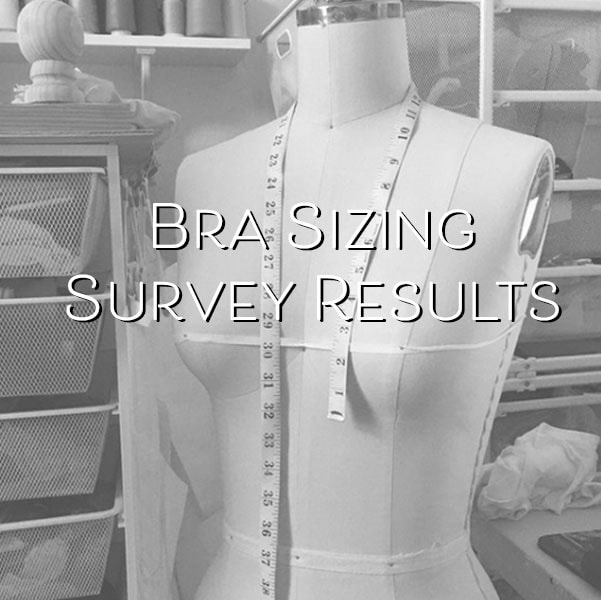
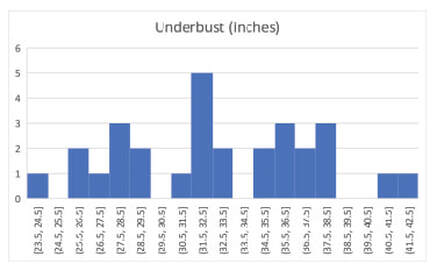
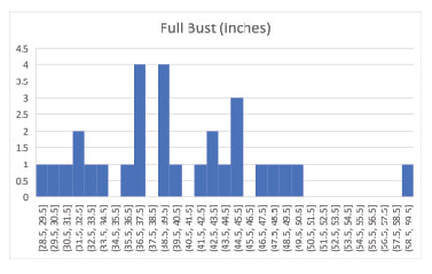
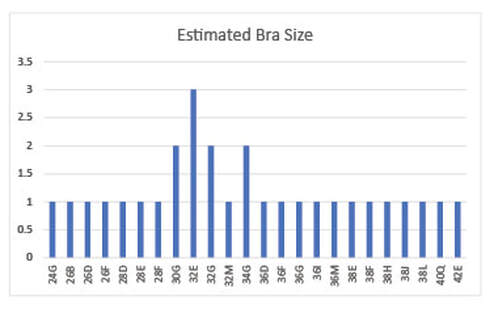
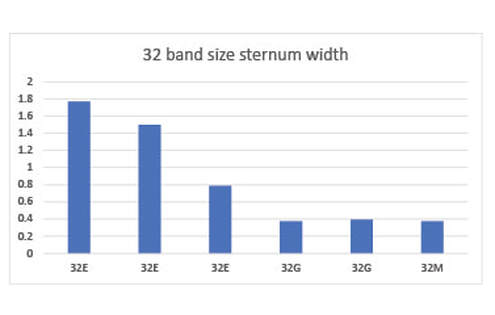
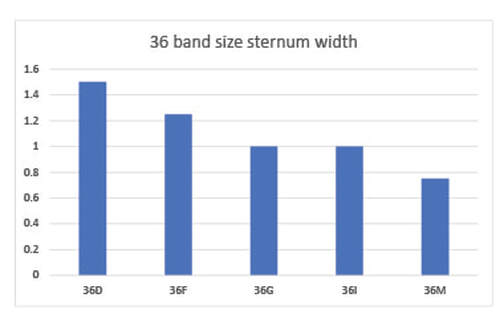
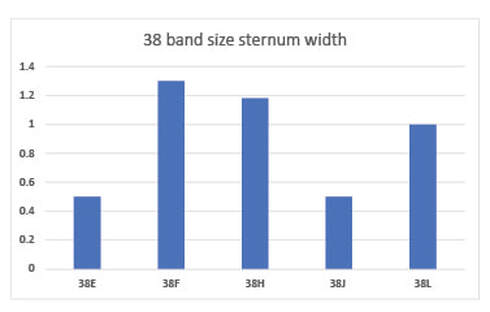
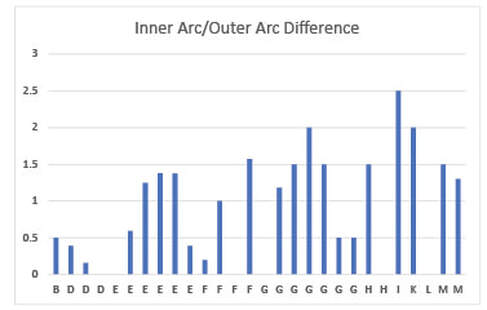
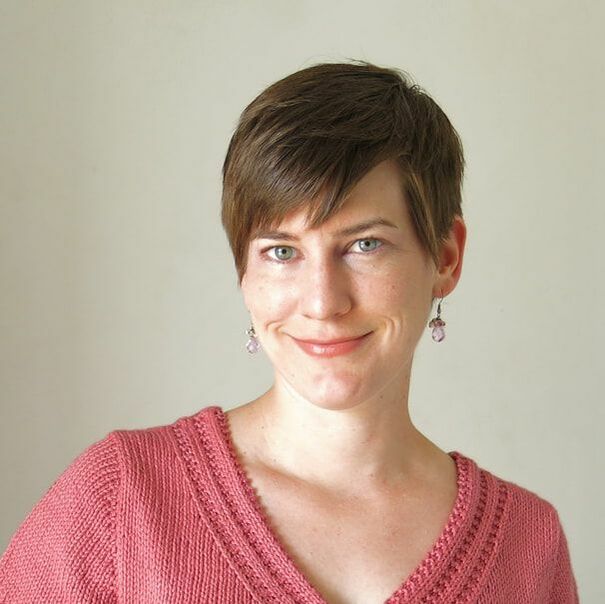
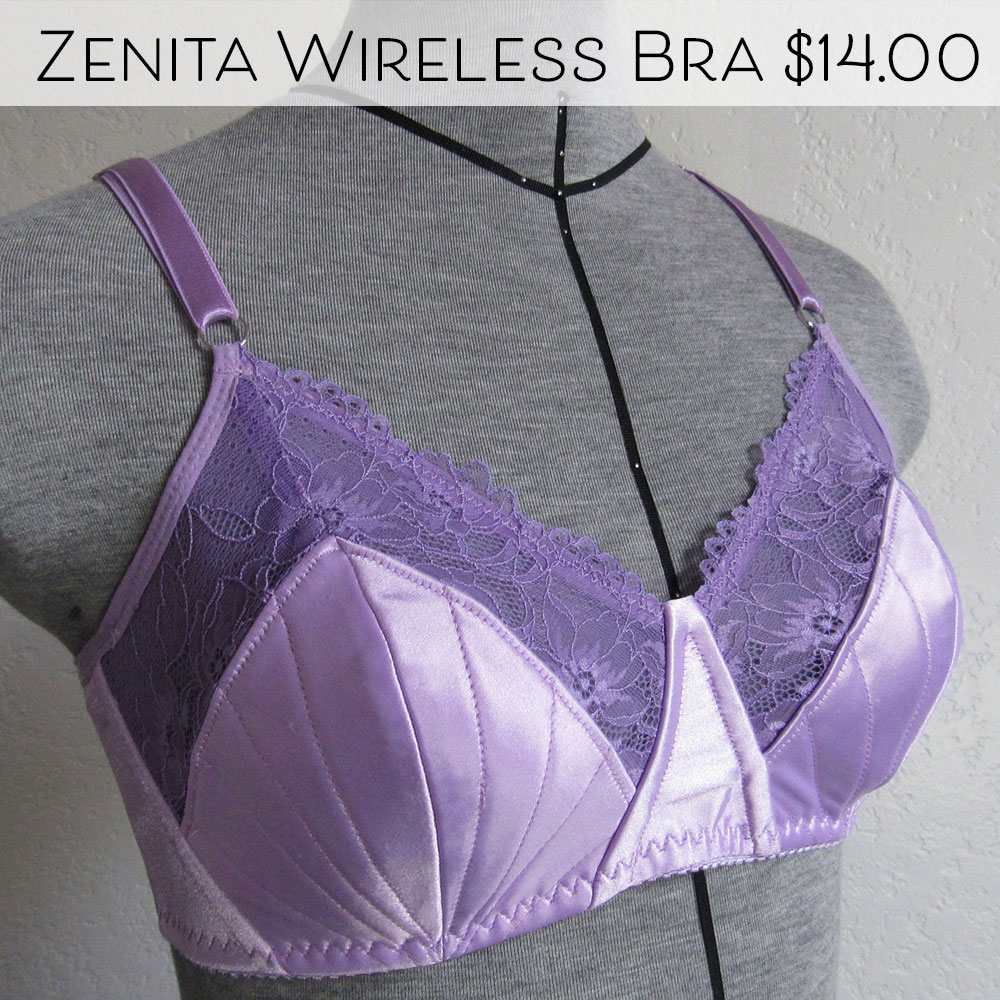
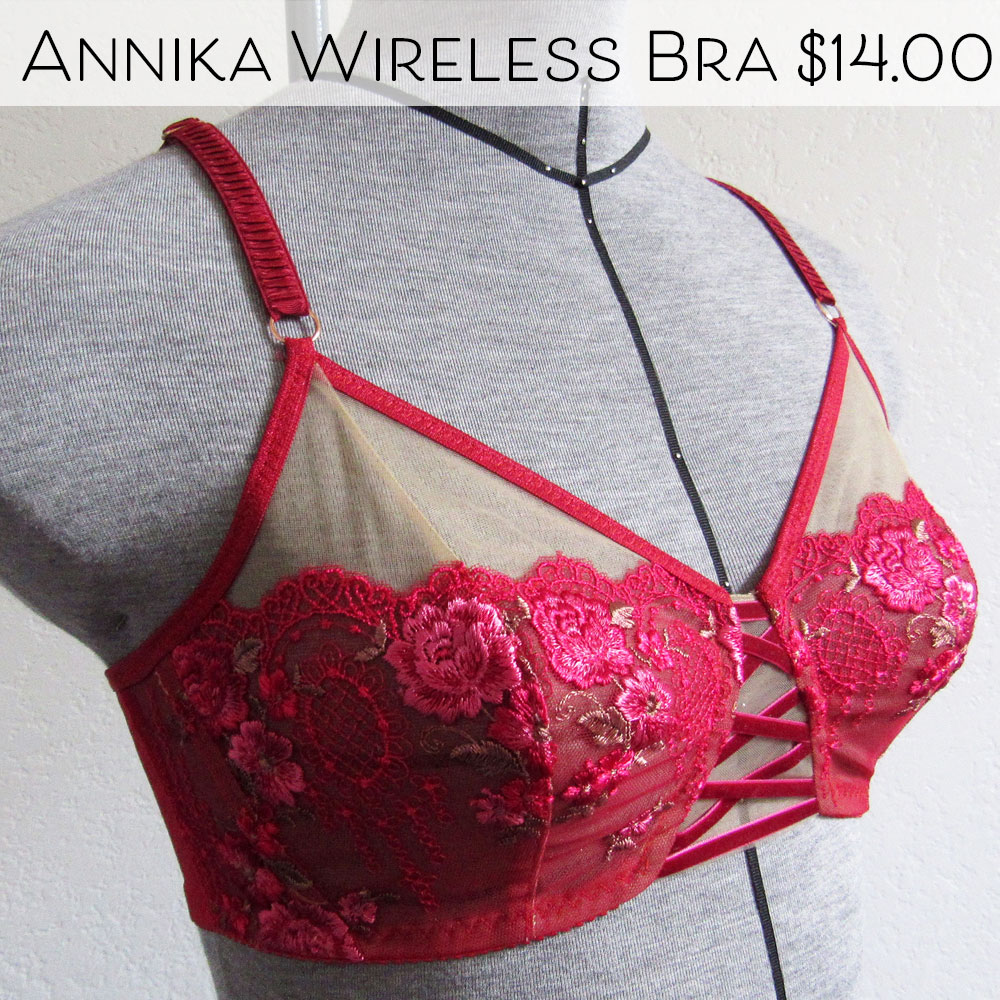
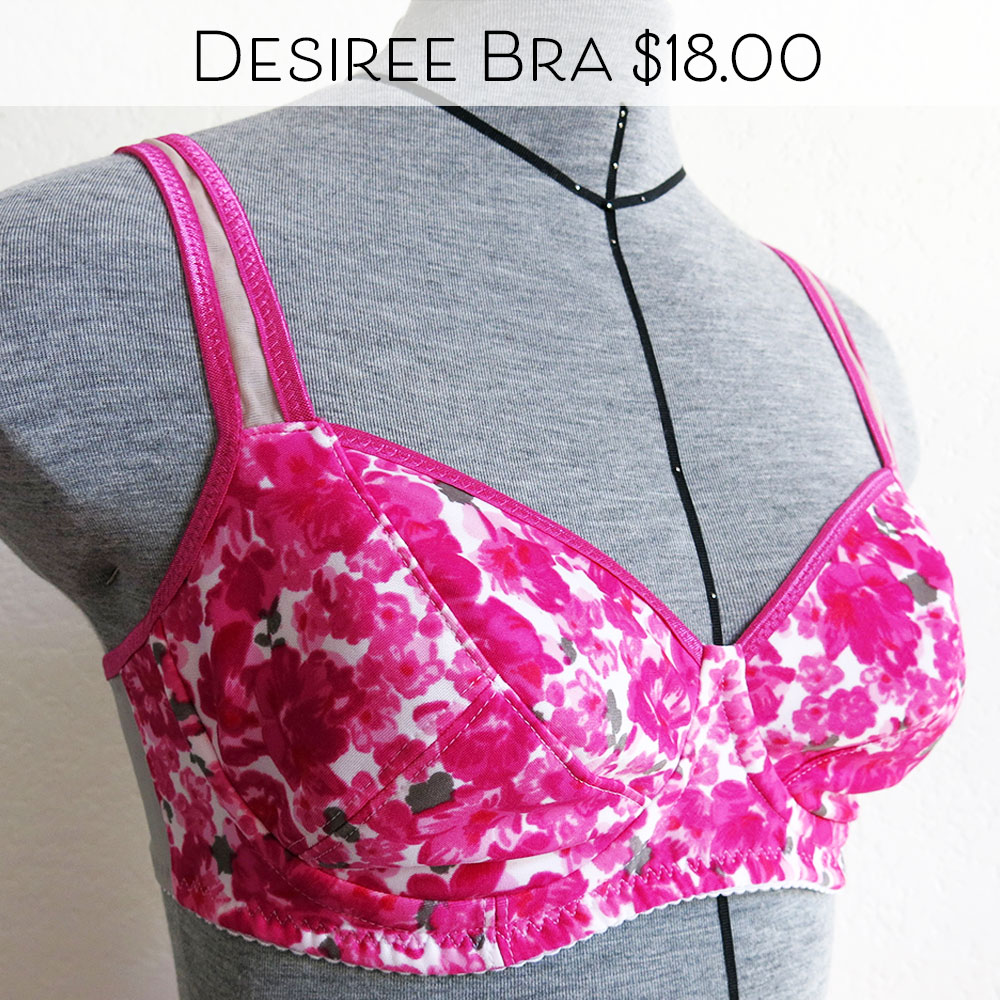
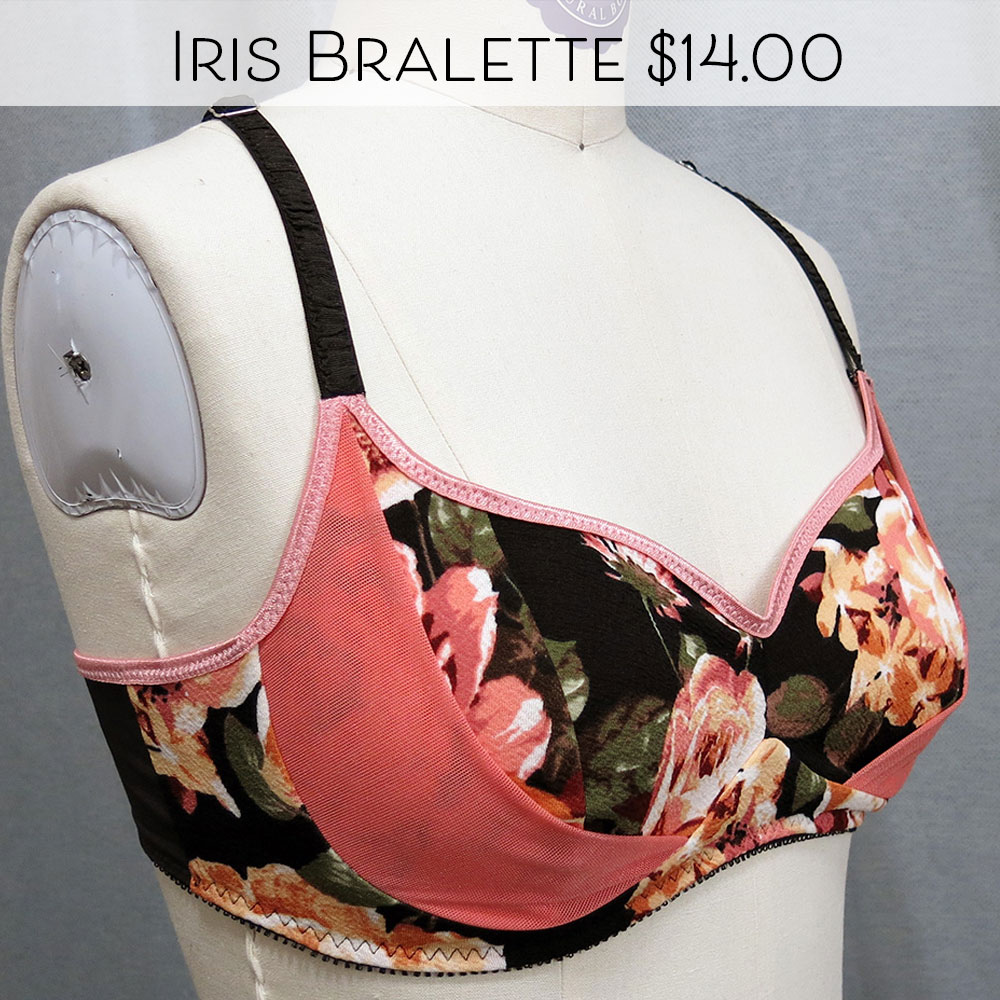
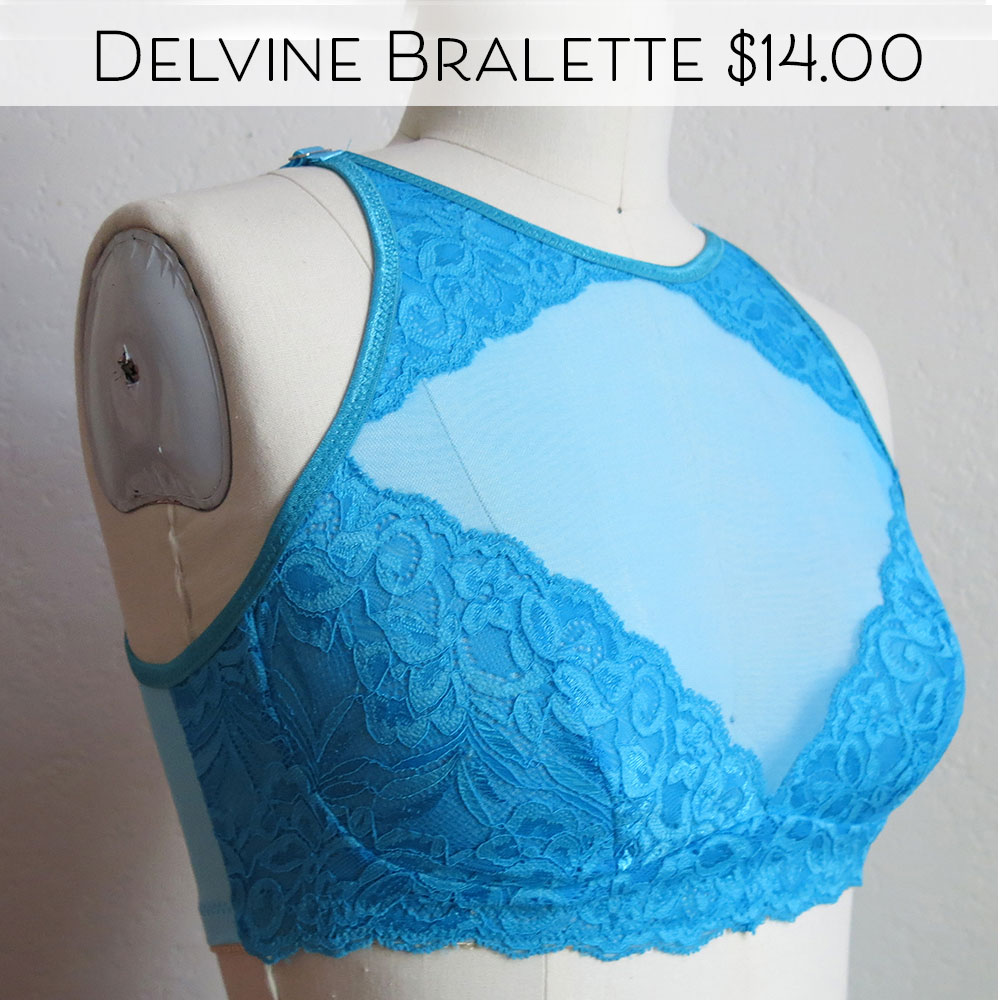
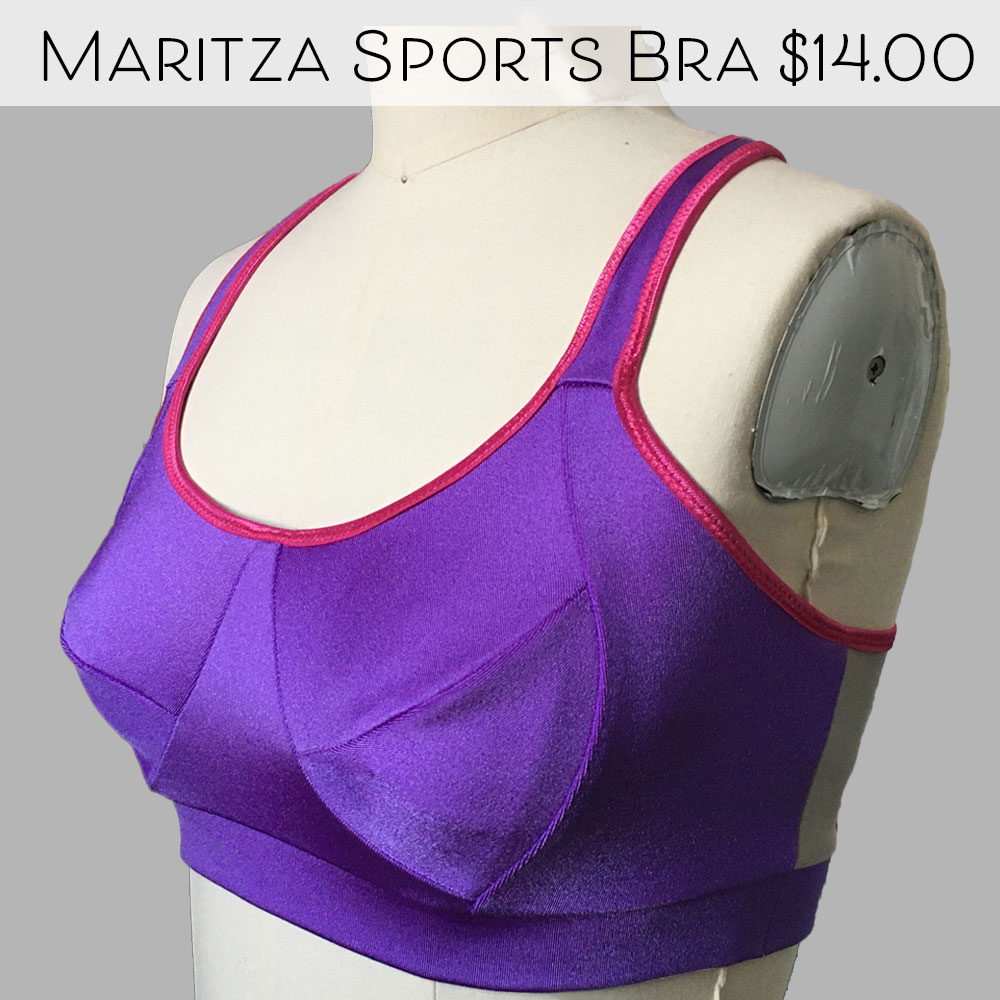
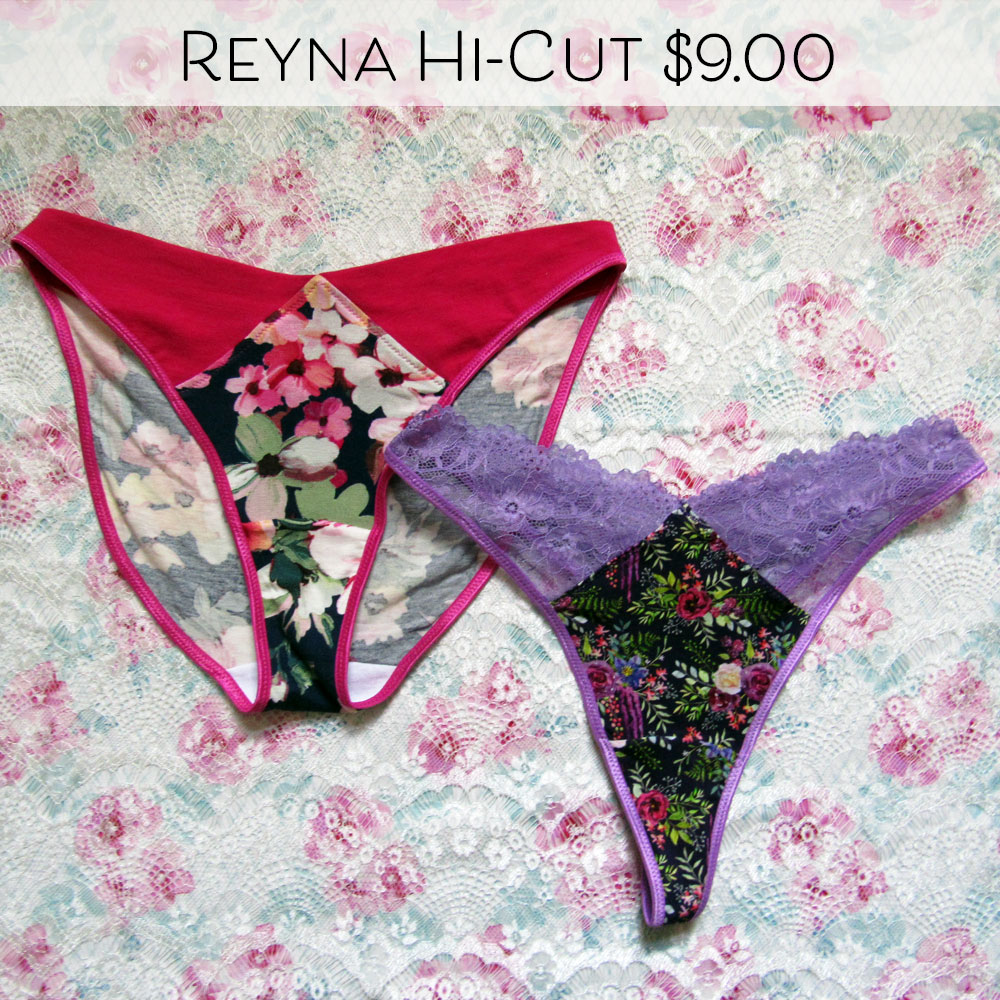
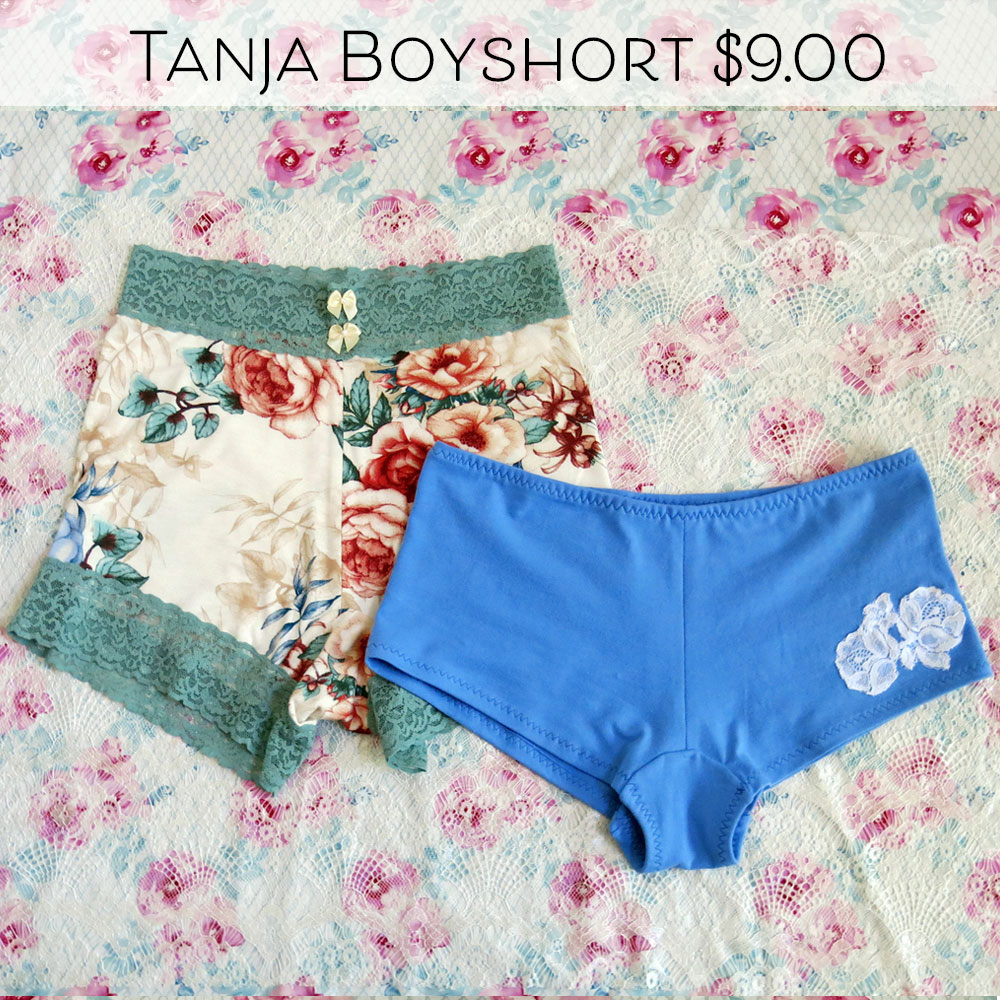
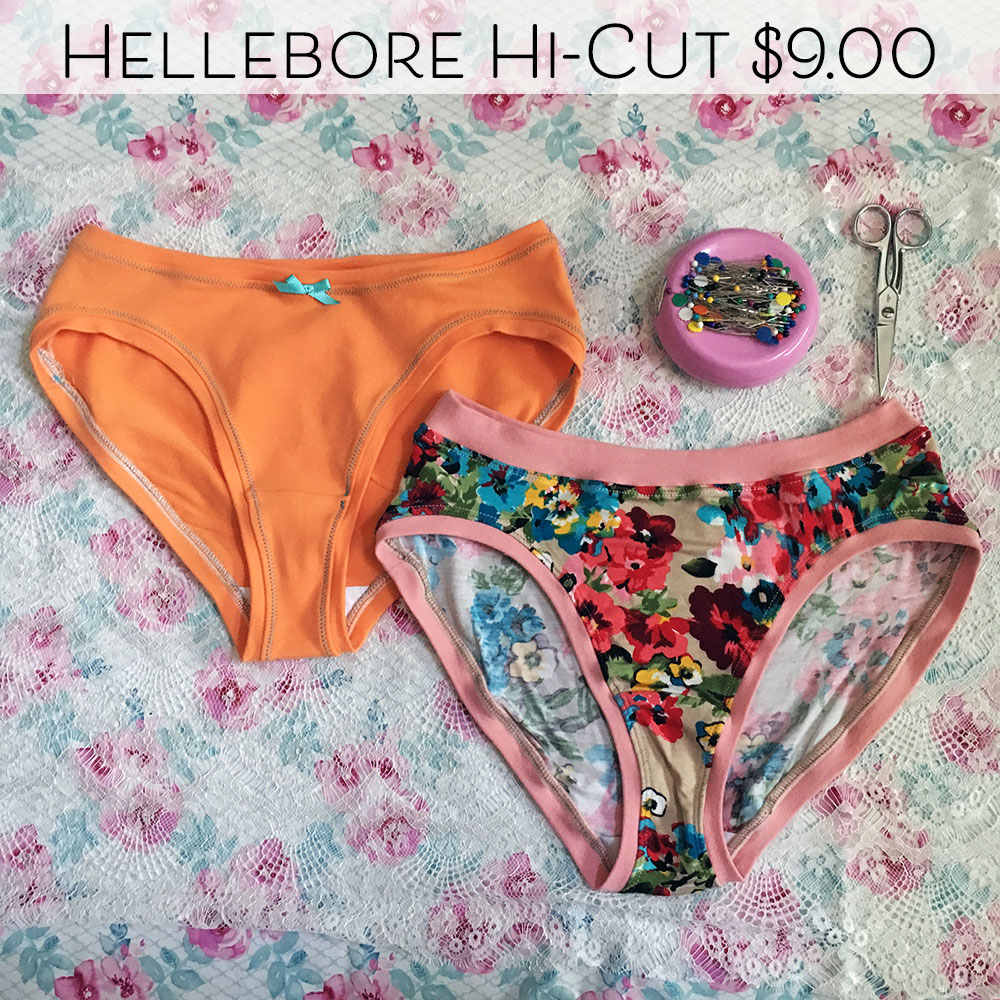
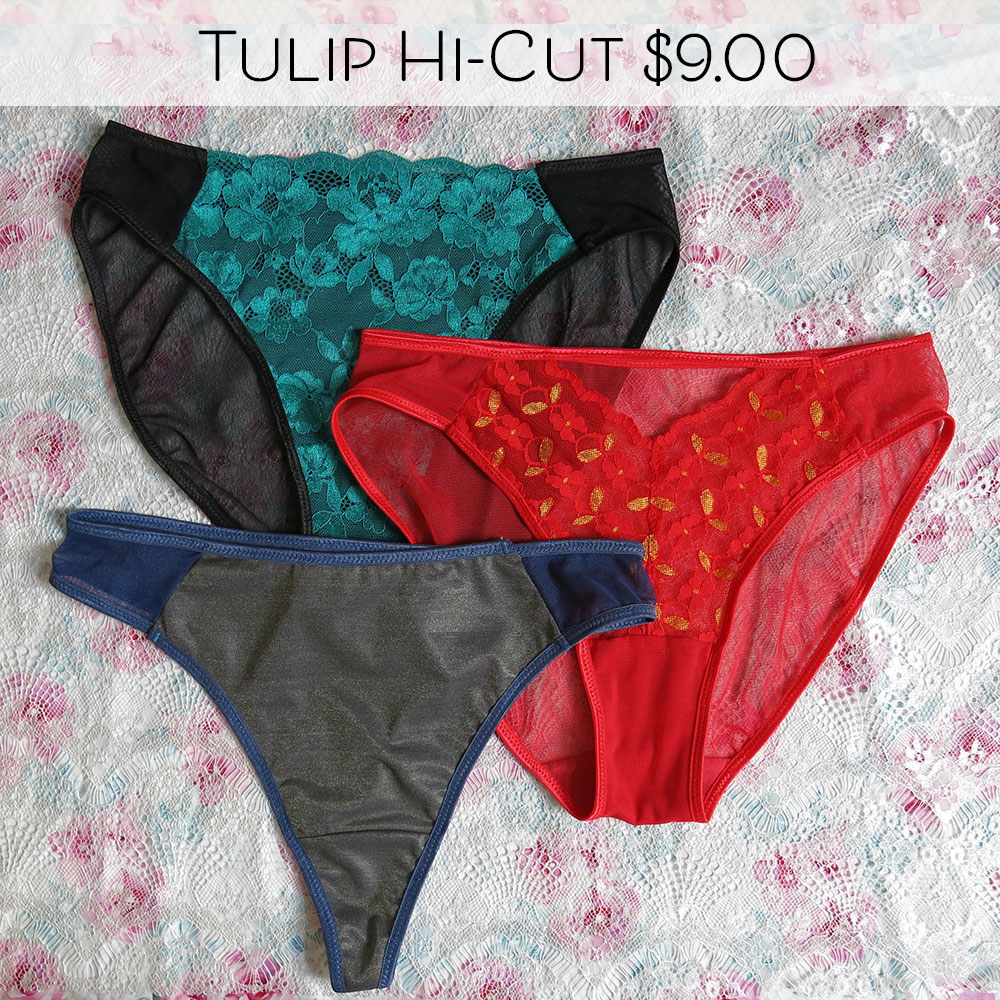
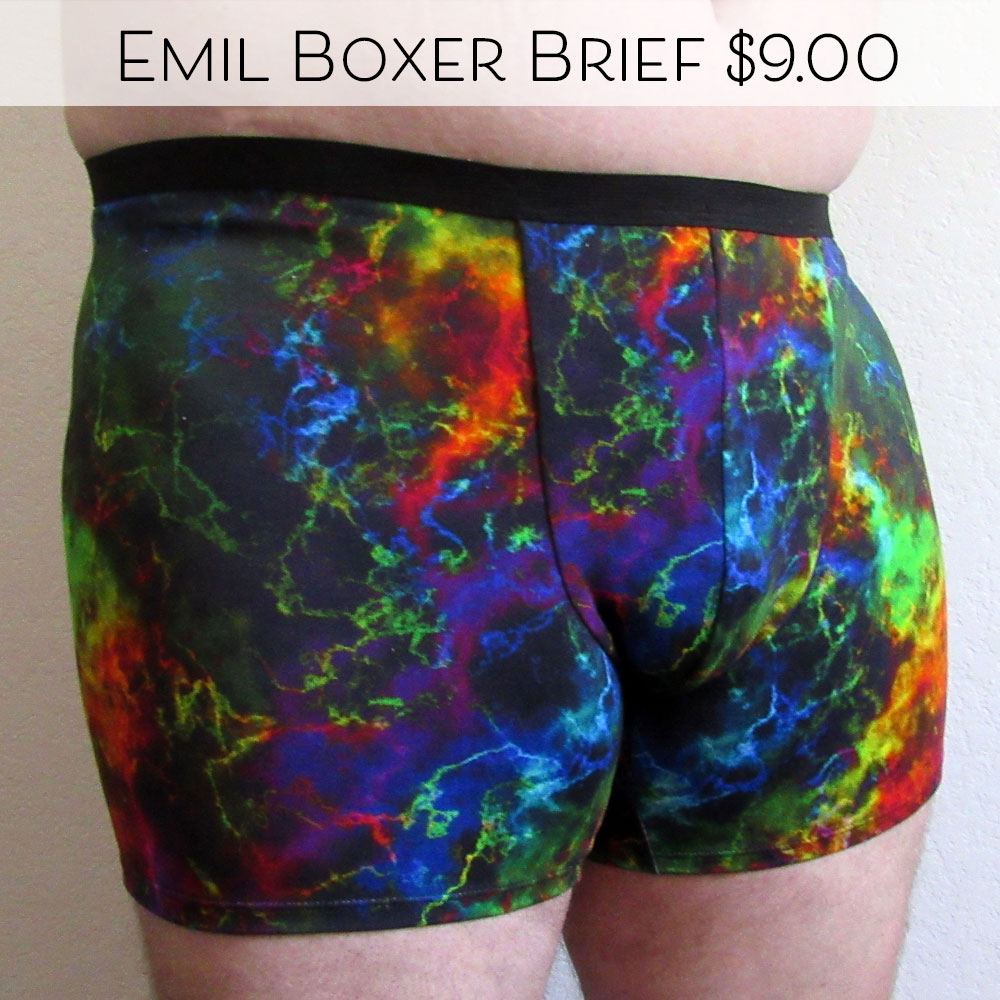
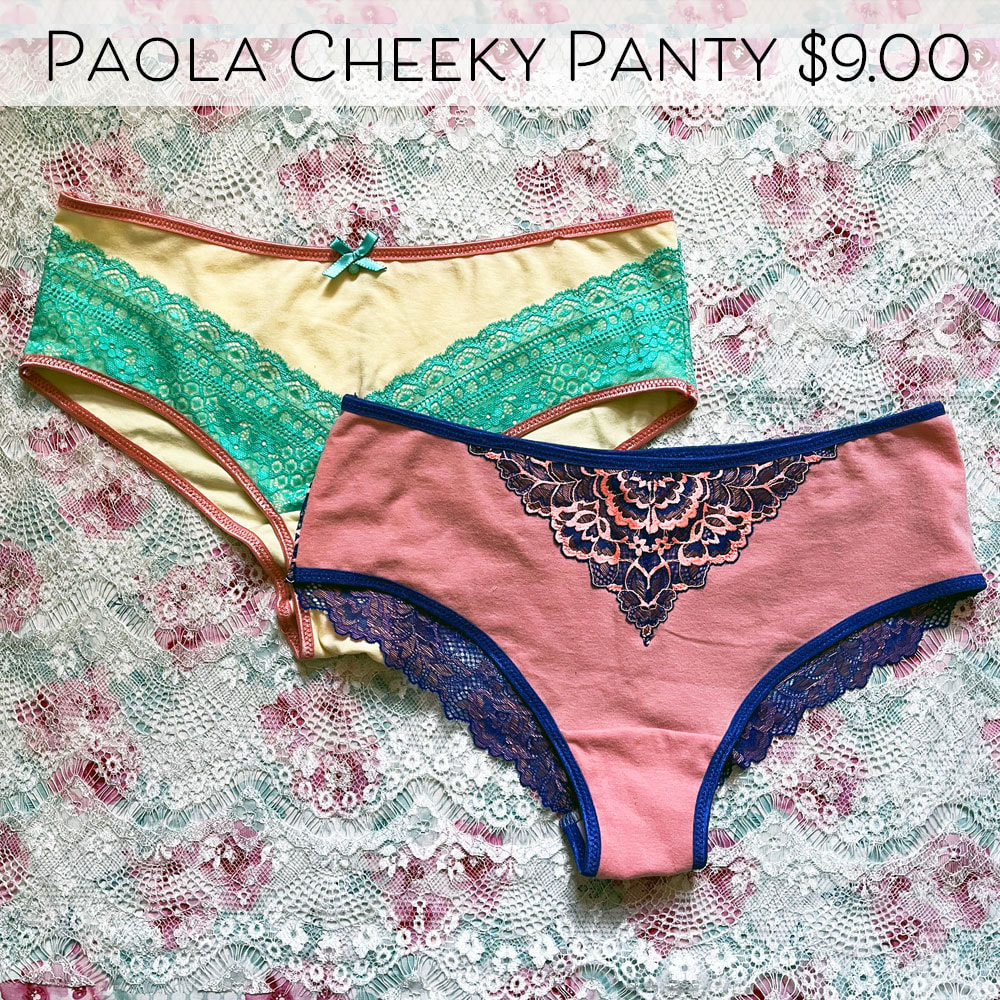
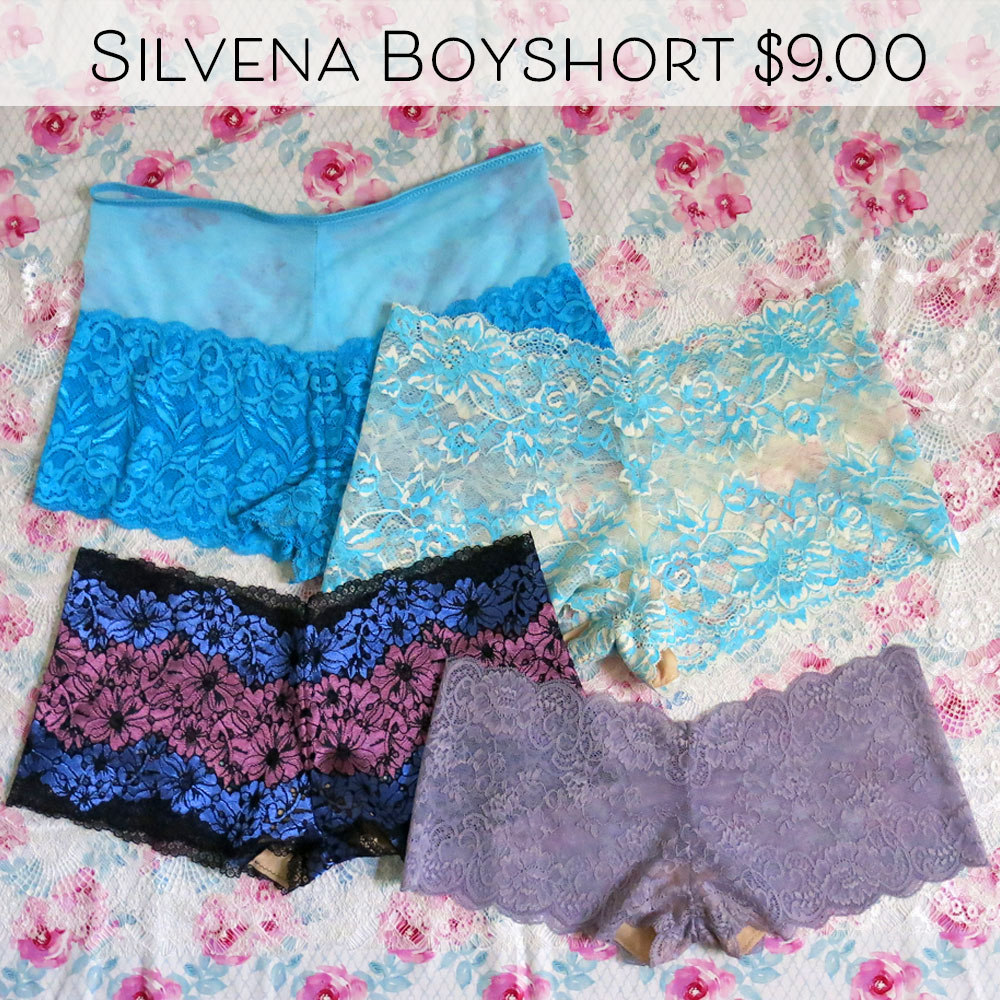
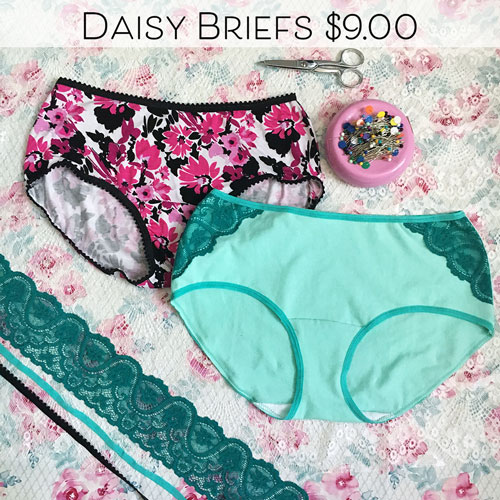
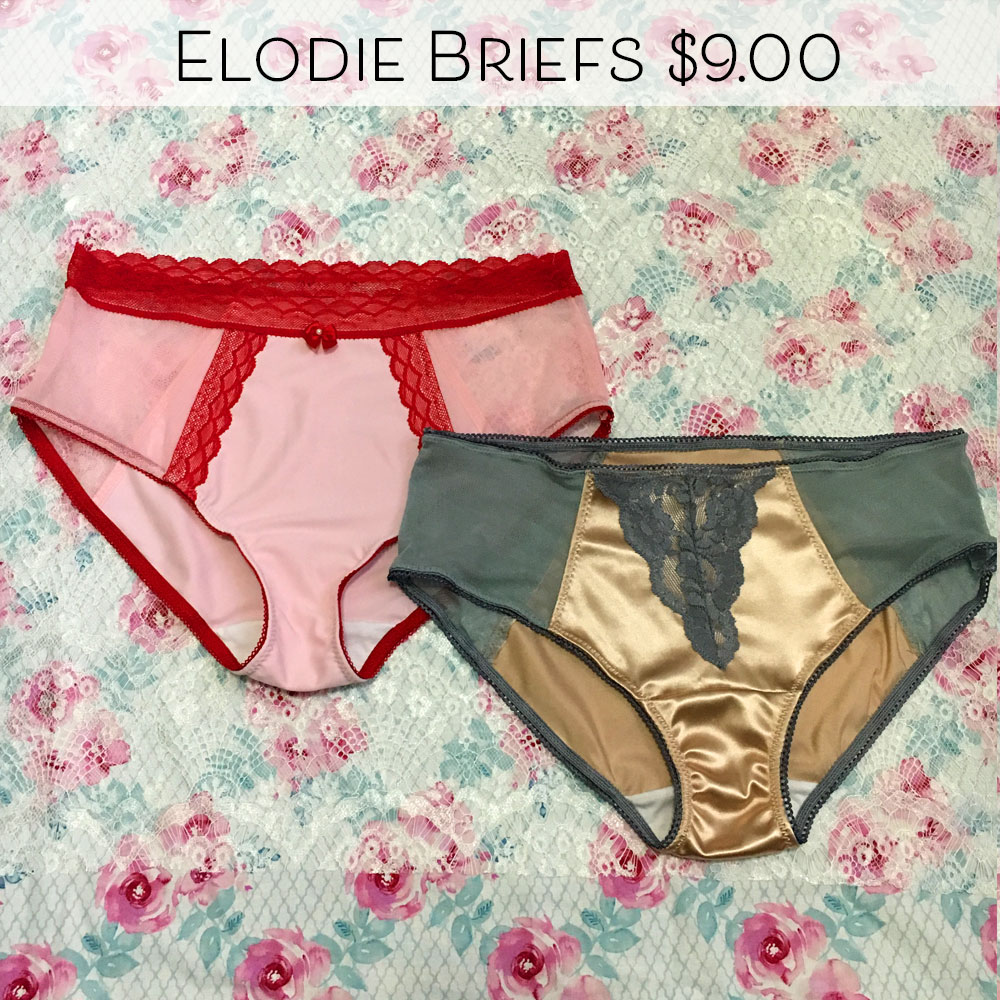
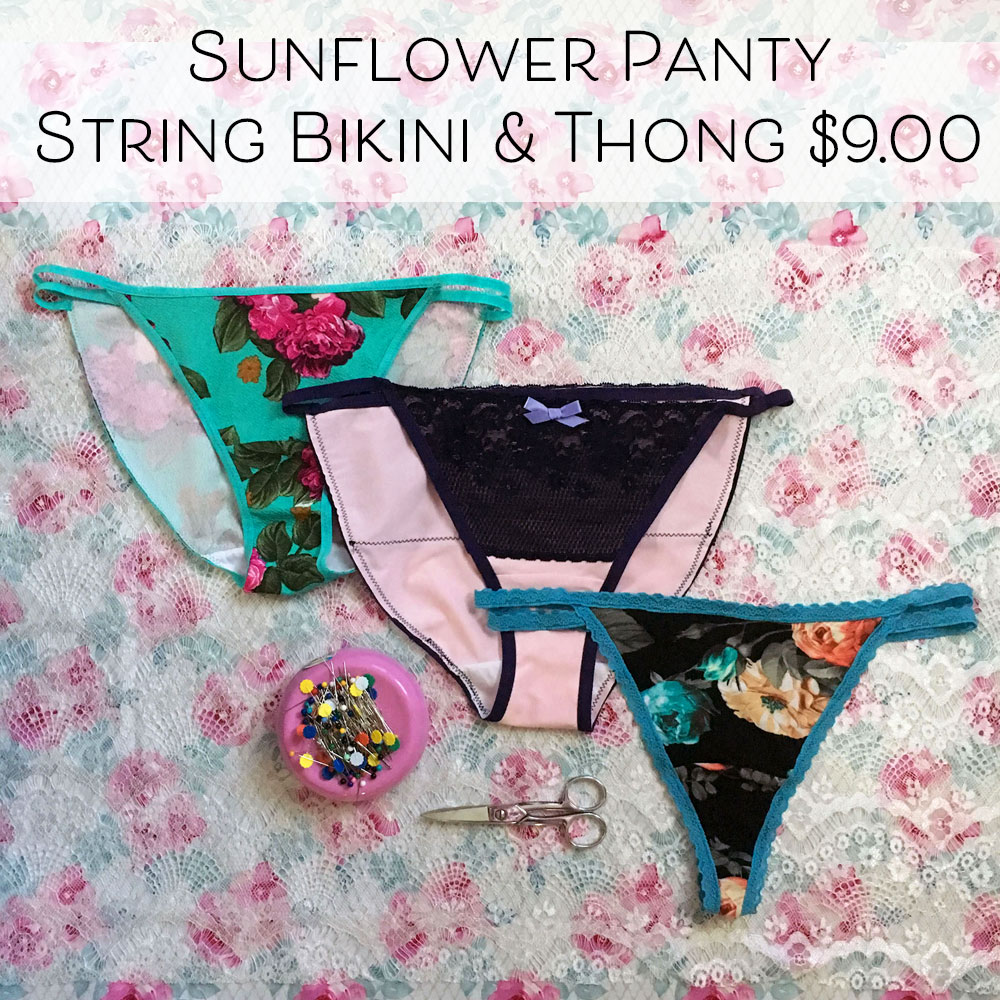
 RSS Feed
RSS Feed